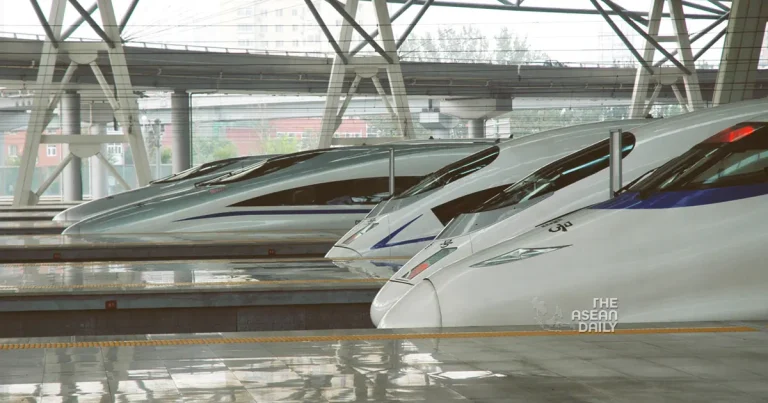16-10-2024 (HANOI) Vietnam’s ambitious North-South high-speed railway project is facing scrutiny over its escalating costs and operational efficiency, as revealed in recent discussions between the State Appraisal Council and the Ministry of Transport.
The project, which aims to connect the country’s two major economic hubs, Hanoi and Ho Chi Minh City, has seen its estimated investment capital soar to a staggering 67.34 billion USD, excluding an additional 5.53 billion USD earmarked for train purchases between 2036 and 2045. This figure, however, is now under review following the Council’s request for a more accurate and comprehensive calculation.
Spanning approximately 1,541km, the proposed double-track railway will feature 23 passenger stations, 5 freight stations, and 5 passenger train depots. The project’s scope includes the acquisition of 85 EMU passenger trains and 30 freight train tractors with 1,250 freight cars.
The State Appraisal Council has raised concerns about the project’s costs, noting that electrical, information, and signal equipment expenses are estimated to be 15-20% higher than comparable international projects. Additionally, the Council pointed out that the current budget does not account for the 4.8 billion USD required to upgrade the existing North-South railway line.
Financing such a monumental project presents significant challenges. The Ministry of Transport has outlined a phased investment plan, with 415.6 million USD allocated for 2024-2025, 30.8 billion USD for 2026-2030, and 33.9 billion USD for 2030-2035. However, the Council has expressed reservations about the feasibility of securing funding for the latter phases.
Questions have also been raised about the project’s operational efficiency. The Ministry proposes a design speed of 350km/h, with an actual operating speed of 320km/h, primarily for passenger transport. However, global trends suggest that such high-speed lines often struggle to achieve profitability. Of the world’s high-speed railways operating above 300km/h, only four have proven profitable, all situated in regions with significantly higher population densities and GDP per capita than Vietnam.
A consortium led by the University of Transport Consulting and Construction Company Limited has recommended a mixed-use approach, combining passenger services with freight operations. This strategy would involve running container freight trains at 120km/h during off-peak hours, or reducing passenger train speeds to 300km/h to allow simultaneous operations.
This mixed-use model aligns with global trends that prioritise efficiency and operational safety over speed alone. It also addresses the goals set forth by the 10th Central Conference, emphasising the railway’s role as a backbone of national transportation infrastructure.




